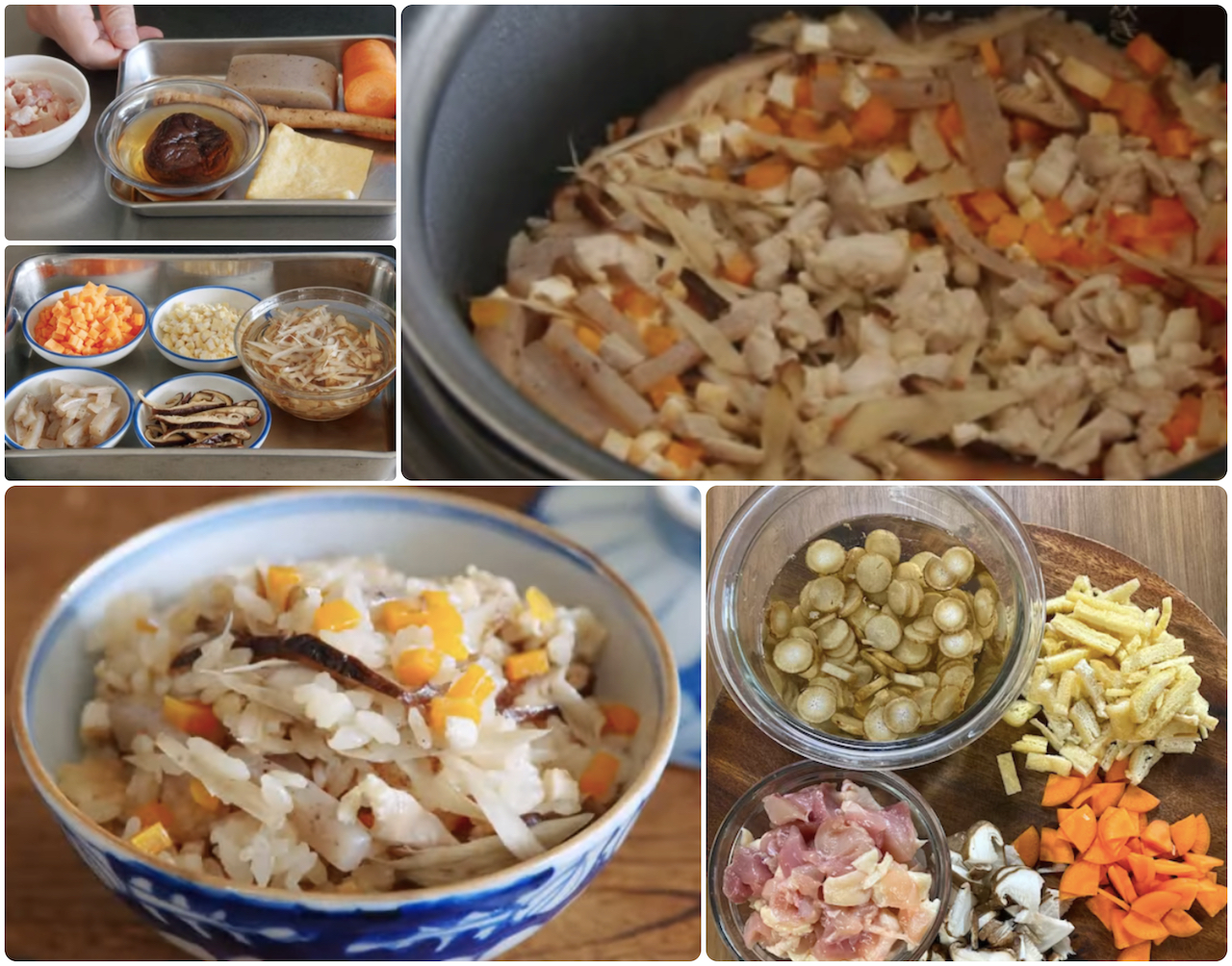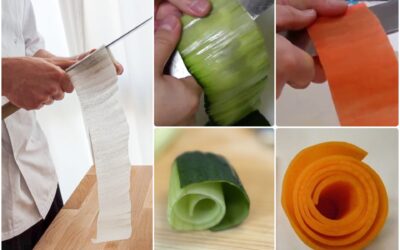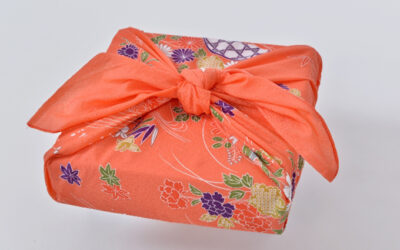
PROJECT TAKIKOMI GOHAN
Takikomi-style rice dishes are cooked in a flavorful stock extracted from the ingredient being featured (in this case, MUSHROOMS). Takikomi rice is truly a delicious way to enjoy seasonal bounty.
Download a recipe for KINOKO GOHAN to get started.
It does, however, take an hour or more from start (stock-making) to finish (serving the flavor-packed, fully cooked rice). That’s not practical for most people on a busy weeknight. Thankfully, though, there are several points at which the flow of activity can be temporarily suspended… and easily resumed.
- FIRST… prepare standard stock or a vegan stock from kelp and dried shiitake mushroom stems ahead. The mushroom-infused broth used in this recipe can be prepared several days ahead and refrigerated in a glass (or other non-reactive) container. The delicate woodsy aroma however, gets lost when frozen.
- NEXT… wash and drain rice. Washing rice removes excess starch that otherwise creates a barrier to flavor transfer. Allow the rice to drain for at least 10 minutes before cooking; you’ll notice the translucent rice becomes opaque. Once it does, place the rice in your pot or bowl of your rice cooker and add stock.
- THEN… cook. Using an appliance with a timer feature means you add stock to rice in the morning before leaving the house (and set the timer to finish cooking that evening). Or, if making obentō lunch boxes, set your rice cooker at night to have rice ready when you wake up the following morning.
To celebrate the year’s rice harvest in your own kitchen, seek out shin mai new crop rice in a market near you. Japanese-style short or medium-grained rice is preferable because it absorbs cooking flavors well; many are grown in California, Texas and other areas of the United States and in Europe, too. New crop rice requires slightly less liquid to cook (each grain contains more moisture) than stored-from-the-previous-year rice. Adjust accordingly in your kitchen.
Learn about Kakashi Guarding the Fields by visiting my Kitchen Culture blog.
Read my September 2023 newsletter.




